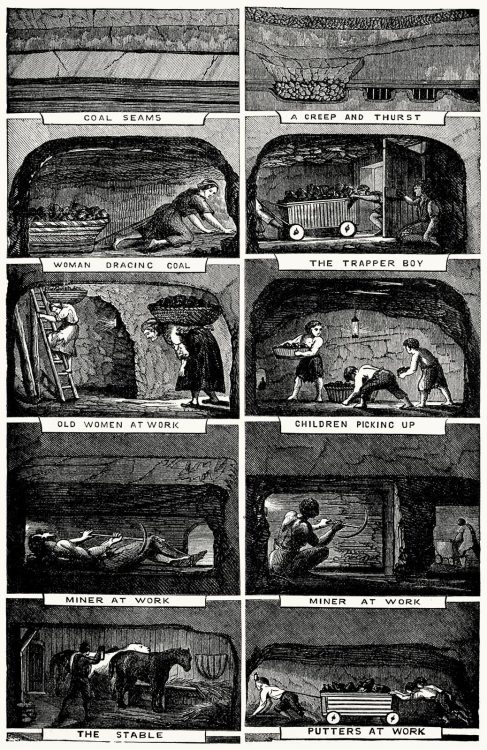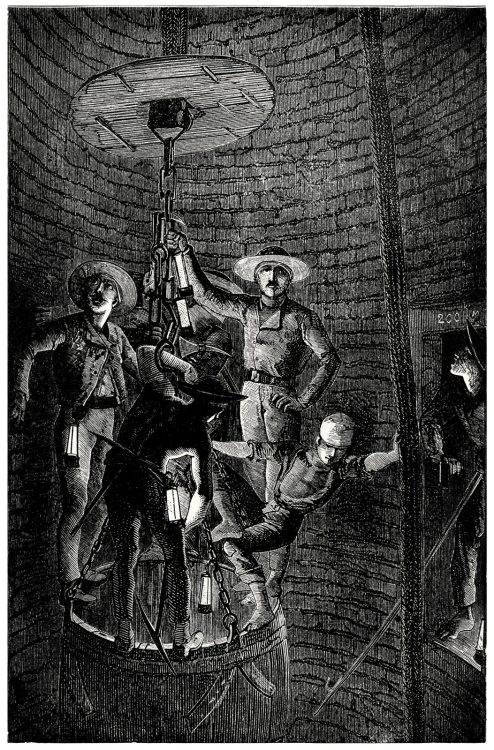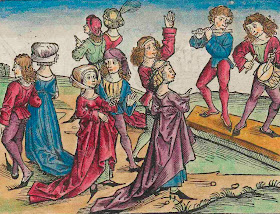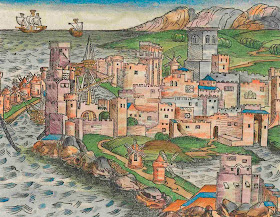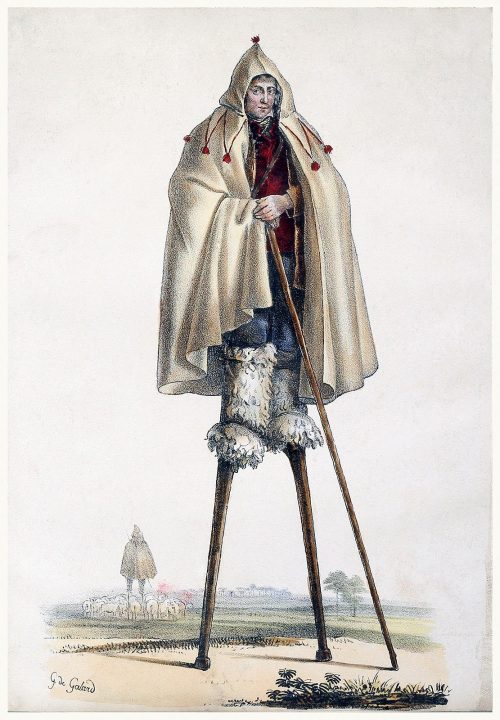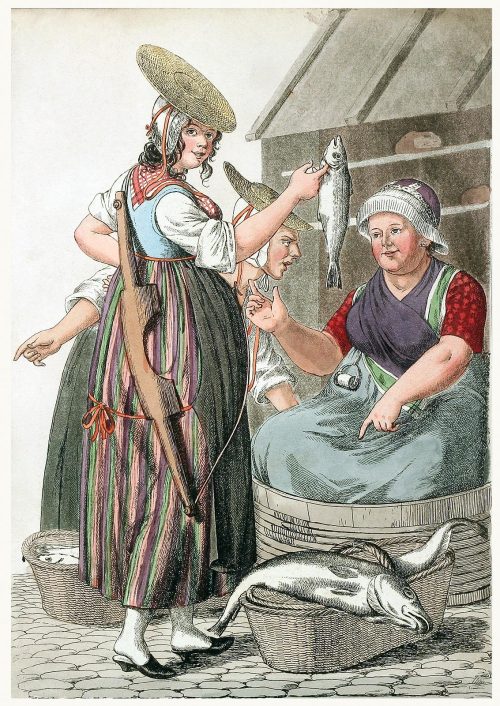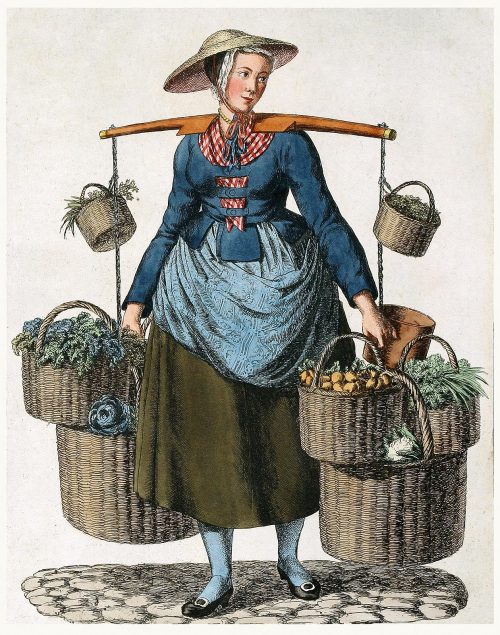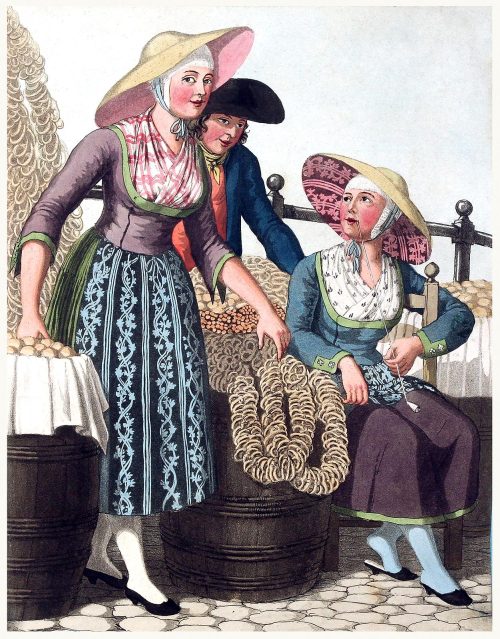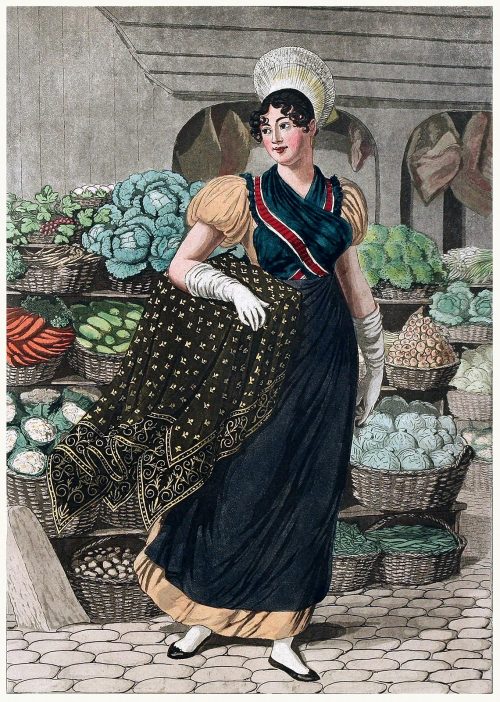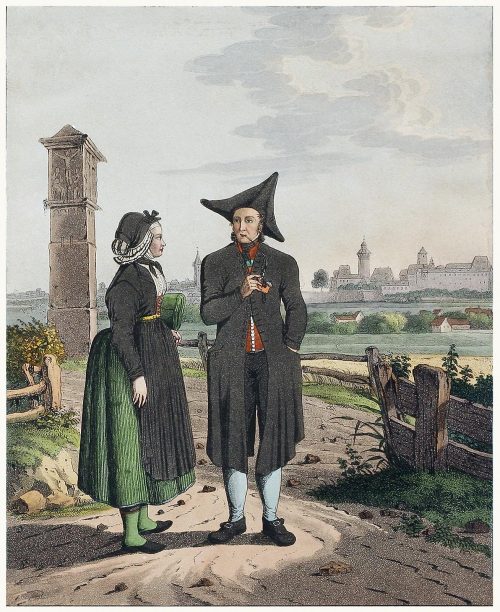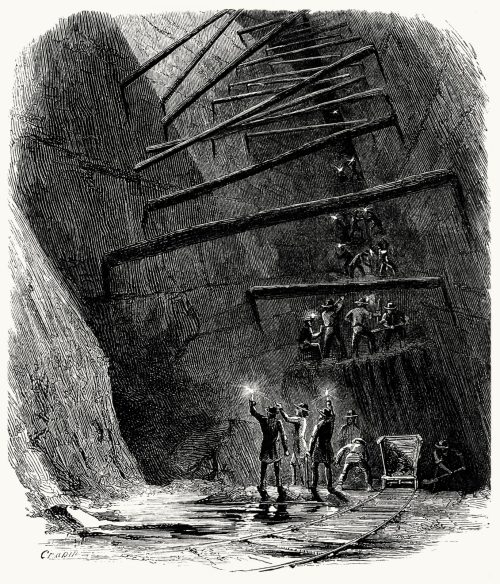
Interior of an iron mine.
From The underground world, by Thomas Wallace Knox, Hartford, 1877. Original title is a real description (not too much to say: "The underground world : a mirror of life below the surface, with vivid descriptions of the hidden works of nature and art, comprising incidents and adventures beyond the light of day")
From The underground world, by Thomas Wallace Knox, Hartford, 1877. Original title is a real description (not too much to say: "The underground world : a mirror of life below the surface, with vivid descriptions of the hidden works of nature and art, comprising incidents and adventures beyond the light of day")
Thomas Wallace
Knox (1835 - 1896) was a journalist, author, and world traveler, known
primarily for his work as a New York Herald correspondent during the American
Civil War. As an author, Knox wrote over 45 books, including a popular series
of travel adventure books for boys.
Knox was well
known for his written attacks on William Tecumseh Sherman and his Union
soldiers, which reintroduced into the public debate the issue of Sherman's
sanity. His work was controversial as he published important information
pertaining to the Vicksburg Campaign. Knox was acquitted on spy charges but
found guilty of disobeying orders
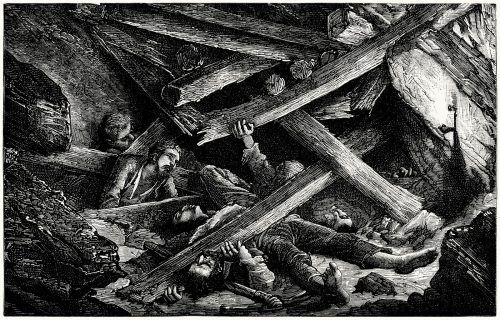
Falling in of a mine. Amazing illustrations like the trapper boy and "children picking up", old women at work... incredible work conditions on the industrial revolution
This book can be purchased via amazon, link provided, BIO text is mostly copy pasted from wikipedia (couldn't find more info about this Book but complete title provides a very good approach). I do recommend visiting archive.org where is scan is hosted, link here
